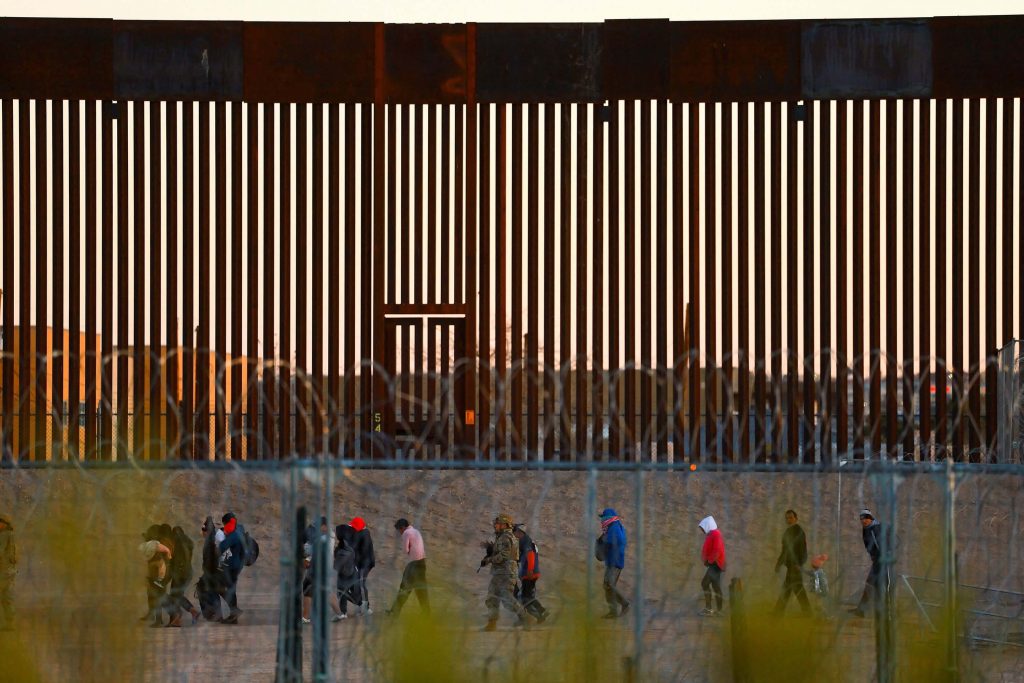In recent years, the topic of border closures has become a hot-button issue, especially between the United States and Mexico. Questions about “Did Mexico Close the Border?” trending in online searches, many people are curious about the current status of the U.S.-Mexico border, the reasons behind potential closures, and the legal and economic implications of such actions. In this article, we’ll explore the facts, dispel myths, and provide a comprehensive overview of this complex issue.
Did Mexico Close the Border? The Short Answer
The short answer is no—Mexico has not unilaterally closed its border with the United States. However, the situation is more nuanced than a simple yes or no. Border policies between the U.S. and Mexico are often influenced by bilateral agreements, security concerns, public health emergencies, and immigration trends. For example, during the COVID-19 pandemic, both countries implemented restrictions on non-essential travel, which led to a partial closure of the border. These measures were temporary and coordinated between the two nations.
Historical Context: When Has Mexico Restricted Border Access?
While Mexico has not permanently closed its border, there have been instances where access was restricted for specific reasons:
- COVID-19 Pandemic (2020-2022): In response to the global health crisis, the U.S. and Mexico agreed to limit non-essential travel across the border. This was not a unilateral decision by Mexico but a coordinated effort to curb the spread of the virus.
- Immigration Enforcement: In 2019, under pressure from the U.S. government, Mexico deployed its National Guard to its southern border with Guatemala to curb the flow of migrants heading toward the U.S. This was seen as a way to avoid potential border closures or tariffs threatened by the U.S.
- Security Concerns: In rare cases, specific border crossings have been temporarily closed due to security threats, such as drug cartel violence or natural disasters.
Legal Framework Governing the U.S.-Mexico Border
The U.S.-Mexico border is governed by a combination of international treaties, federal laws, and bilateral agreements. Key legal frameworks include:
- The Treaty of Guadalupe Hidalgo (1848): This treaty established the border between the U.S. and Mexico after the Mexican-American War.
- North American Free Trade Agreement (NAFTA) and USMCA: These trade agreements facilitate the movement of goods and services across the border, making a full closure economically impractical.
- Immigration Laws: Both countries have their own immigration policies, but they often collaborate on enforcement and humanitarian efforts.
Understanding these legal frameworks is crucial to answering the question, “Did Mexico close the border?” The reality is that any significant changes to border access require coordination between the two nations.
Economic Implications of Border Closures
The U.S.-Mexico border is one of the busiest in the world, with billions of dollars in trade and millions of legal crossings each year. A full or partial closure would have severe economic consequences for both countries:
- Trade Disruptions: Mexico is one of the U.S.’s largest trading partners. Closing the border would disrupt supply chains, particularly in industries like automotive, agriculture, and manufacturing.
- Tourism and Travel: Border communities rely heavily on cross-border tourism and daily commuters. Restrictions would hurt local economies on both sides.
- Labor Market: Many U.S. industries depend on migrant labor from Mexico. A border closure could lead to labor shortages and increased costs for businesses.
Immigration and Humanitarian Concerns
The question “Did Mexico close the border?” often arises in the context of immigration. While Mexico has not closed its border, it has taken steps to manage migration flows, particularly from Central America. These efforts have included:
- Increased Enforcement: Deploying troops and immigration agents to its southern border.
- Asylum Policies: Implementing stricter asylum policies to reduce the number of migrants reaching the U.S. border.
However, these measures have raised humanitarian concerns, as many migrants face dangerous conditions while attempting to reach the U.S.
Current Status of the U.S.-Mexico Border
As of [insert current date], the U.S.-Mexico border remains open for essential travel, trade, and tourism. However, immigration enforcement remains a contentious issue, with both countries working to address the root causes of migration while maintaining border security.
What Would Happen if Mexico Closed the Border?
While unlikely, a full border closure would have far-reaching consequences:
- Economic Fallout: Both countries would experience significant economic losses, particularly in border states like Texas, California, and Chihuahua.
- Diplomatic Tensions: A unilateral closure by either country could strain diplomatic relations and disrupt decades of cooperation.
- Humanitarian Crisis: Migrants and asylum seekers would be disproportionately affected, potentially leading to a humanitarian crisis.
Conclusion: Did Mexico Close the Border?
In summary, Mexico has not closed its border with the United States. While there have been temporary restrictions due to public health, security, or immigration concerns, the border remains a vital artery for trade, travel, and cultural exchange. Understanding the legal, economic, and humanitarian factors at play is essential to answering the question, “Did Mexico close the border?”
As the situation evolves, it’s important to stay informed about the policies and agreements that shape U.S.-Mexico relations. Whether you’re a policymaker, business owner, or concerned citizen, the status of the border has implications for us all.


